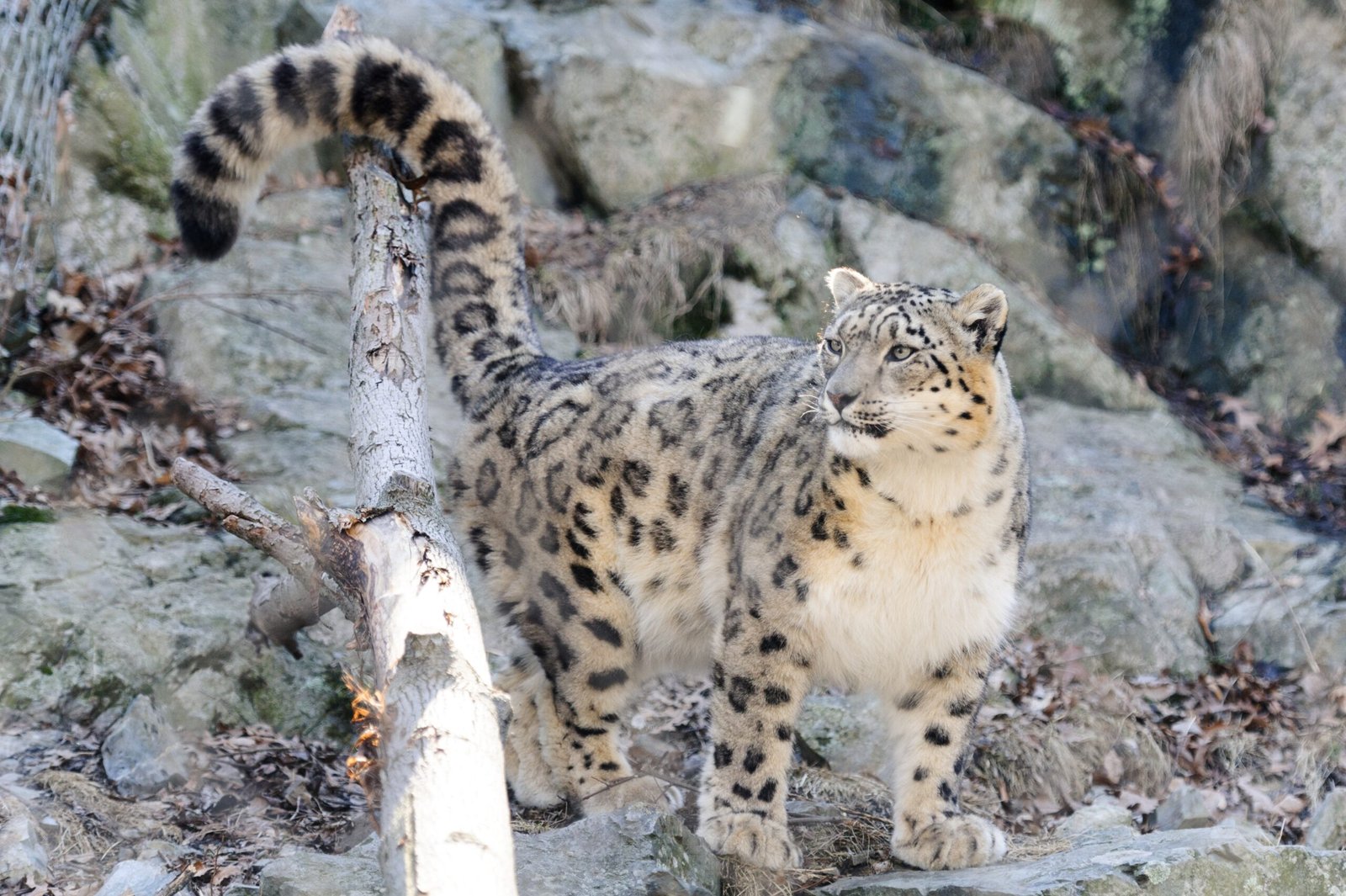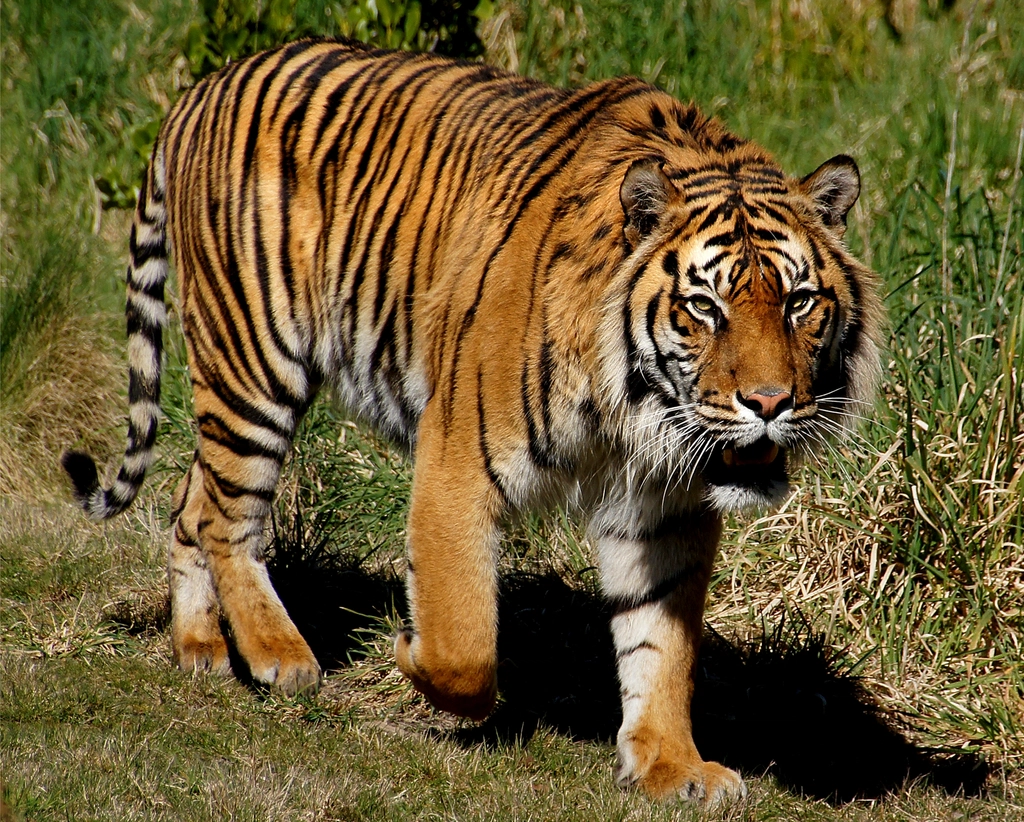Imagine a world without the thunderous roar of a lion or the mysterious shadow of a snow leopard slipping through the mountains. Shocking, right? Big cats are some of Earth’s most mesmerizing creatures, but many are teetering on the edge of extinction. Let’s take a whirlwind tour through their wild lives, the dangers they face, and the bold steps people are taking to save them. Get ready to fall in love with these magnificent felines—and maybe even feel inspired to help!
The Majestic Lion: King of a Shrinking Kingdom

Lions once roamed across much of Africa and even parts of Asia, but today, their kingdom is shrinking fast. Their populations have plummeted by nearly half in the last 25 years, mainly due to habitat loss and conflict with humans. Conservationists are working to create wildlife corridors and support local communities, hoping to keep the roar alive.
Tigers: Striped Shadows on the Brink

Tigers are the world’s largest cats, but only about 4,500 remain in the wild. Poaching for their beautiful fur and bones, plus vanishing forests, are their biggest threats. Protected reserves, anti-poaching patrols, and global awareness campaigns are fighting to give these legendary stripes a future.
Snow Leopards: Ghosts of the Mountains

With their thick, smoky coats and secretive ways, snow leopards seem almost mythical. Living high in the Asian mountains, they face danger from poachers and climate change. People are tracking them with GPS collars and working with herders to prevent livestock losses—helping humans and leopards coexist.
Leopards: Masters of Disguise in Peril

Leopards are famous for their stealth, able to vanish into the underbrush in a blink. They’re incredibly adaptable, but habitat loss and illegal hunting for their spotted coats are pushing them closer to the edge. Local education and anti-poaching efforts are key to their survival.
Cheetahs: Speedsters Running Out of Space

Cheetahs are the fastest land animals, but they can’t outrun extinction. Just 7,100 cheetahs remain, mostly in isolated populations. Habitat loss and illegal pet trade are big threats. Conservationists are helping them by securing safe spaces and teaching farmers to use guard dogs instead of traps.
Jaguars: Stealthy River Stalkers in Trouble

Jaguars once prowled from the southwestern U.S. to Argentina, but now their range is shrinking. Deforestation and poaching for their stunning coats put them at risk. Protected areas, wildlife corridors, and new laws are giving jaguars a fighting chance.
Why Lions Form Prides (and Why It’s a Problem)

Lions are the only big cats that live in social groups called prides. It helps them hunt big prey, but when territory shrinks, prides clash more with people and each other. This makes finding safe, connected habitats even more urgent.
Tiger Cubs: Adorable, Vulnerable, and Rare

Tiger cubs are playful and curious, but only about half survive to adulthood in the wild. Poaching and habitat destruction make their early years extra perilous. Breeding programs and tiger reserves give cubs a better shot at growing up.
Snow Leopard Tails: Built-In Blankets

Snow leopards’ luxuriously long, fluffy tails aren’t just for balance on rocky cliffs—they double as built-in scarves. In the bone-chilling winds of the Himalayas, these cats curl up and wrap their tails around their faces, sealing in warmth like expert mountaineers. It’s a perfect blend of beauty and survival.
Leopard Spots: Nature’s Camouflage Artists

Every leopard wears a one-of-a-kind coat, with rosettes as distinct as human fingerprints. These intricate patterns are nature’s camouflage, allowing them to vanish into forests and grasslands with ease. But their beauty is also their curse—coveted by poachers, their skin becomes a tragic trophy of stolen wildness.
Cheetahs’ Racing Hearts: Built for Speed

A cheetah’s oversized heart and lungs are marvels of natural engineering, built for explosive speed over short bursts. But that same design means they tire fast, needing long, peaceful pauses between hunts to recover. To thrive, cheetahs don’t just need space—they need a landscape that lets them race, rest, and remain wild.
Jaguars’ Jaw Power: Bite Like No Other

Jaguars’ bone-crushing bite isn’t just for show—it’s evolution’s answer to armored prey like turtles and caimans. But when jungles vanish, so do these hunting grounds, leaving their unmatched strength without a purpose. Saving jaguars means protecting the wild arenas where their power still belongs.
Human-Wildlife Conflict: A Growing Challenge

As expanding towns and farms press into wild territories, tensions with big cats grow—especially when livestock becomes prey. These conflicts often spark retaliation, putting both predators and livelihoods at risk. But innovative programs that compensate farmers for losses and support non-lethal deterrents are changing the story, transforming conflict into coexistence.
Camera Traps: Spying on Cats Without Disturbing Them

Camera traps are silent storytellers of the wild—triggered by motion, they capture candid moments of elusive big cats in their natural habitats. From a jaguar’s midnight stroll to a snow leopard’s rocky perch, each image offers vital clues about behavior, numbers, and movement. They’ve revolutionized conservation, making the unseen visible.
Rewilding: Bringing Big Cats Back

Rewilding efforts like India’s cheetah reintroduction are rewriting the conservation playbook—bringing back apex predators to landscapes they once ruled. After 70 years, cheetahs now roam the plains again, stirring hope and sparking debate. It’s a bold step toward healing ecosystems, though success depends on patience, science, and coexistence.
Climate Change: A New Threat for Old Predators

Rising temperatures don’t just melt glaciers—they unravel the delicate balance big cats depend on. As snowlines retreat and prey patterns shift, animals like the snow leopard are pushed higher, into shrinking, fragmented territory. To safeguard their future, conservation must adapt too—blending climate science with on-the-ground action that protects both species and the shifting lands they call home.
Poaching: Big Business, Big Problem

The illegal wildlife trade casts a long shadow over big cats, with poachers targeting them for everything from pelts to mythical cures. But the fightback is fierce: armed patrols guard reserves, sniffer dogs detect hidden contraband, and drones scan vast terrain from above. Every innovation helps tip the scales toward survival.
Genetic Bottlenecks: Why Diversity Matters

When wild populations shrink, genetic diversity takes a hit—leading to issues like deformities, low fertility, or weaker immune systems. That’s where conservation breeding steps in, with zoos and reserves carefully exchanging animals to strengthen the gene pool. It’s science-driven matchmaking, giving endangered cats a healthier shot at survival.
Community Rangers: Local Heroes for Big Cats

Local communities are the frontline heroes in big cat conservation. As rangers, trackers, and educators, they bring deep knowledge of the land and its rhythms—turning tradition into protection. Empowered and involved, they not only defend wildlife but also build a future where people and predators thrive side by side.
Eco-Tourism: Seeing Cats to Save Them

When travelers trek to spot a tiger or glimpse a lion, their dollars ripple far beyond the safari. Eco-tourism—done right—creates jobs, funds conservation, and fosters pride in local wildlife. It transforms majestic predators from threats into treasured assets, proving that wild beauty can fuel both wonder and livelihoods.
Traditional Beliefs: Changing Hearts, Saving Lives

Changing how people see big cats starts with storytelling—through school programs, local radio, murals, and community meetings. These campaigns highlight the value of coexistence, linking big cats to healthy ecosystems and cultural identity. When people feel pride instead of fear, protection becomes a shared mission, not an outside demand.
Young Voices: Kids Speaking Up for Big Cats

Across continents, children are stepping up as fierce advocates for big cats—organizing school fundraisers, designing awareness posters, and rallying peers with unstoppable energy. Their voices cut through borders and bureaucracy, reminding the world that compassion starts young. In their hands, the future of wild cats gleams a little brighter.
Hope on the Horizon: Signs of Recovery

There’s real hope on the horizon: thanks to decades of focused conservation, some big cat species are making comebacks. India’s wild tiger population has steadily risen, a testament to protected areas, anti-poaching efforts, and community support. These victories remind us that with dedication and cooperation, recovery isn’t just a dream—it’s happening.
Your Turn: How Will You Help?

Big cats walk the line between myth and reality—and their fate now depends on us. Whether it’s raising awareness, donating, or simply spreading awe through conversation, every action helps write a better ending. So, who sparks your curiosity: the silent snow leopard, the fiery-eyed caracal, or the jungle’s stealthy jaguar?

Suhail Ahmed is a passionate digital professional and nature enthusiast with over 8 years of experience in content strategy, SEO, web development, and digital operations. Alongside his freelance journey, Suhail actively contributes to nature and wildlife platforms like Feline Fam, where he channels his curiosity for the Feline into engaging, educational storytelling.
With a strong background in managing digital ecosystems — from ecommerce stores and WordPress websites to social media and automation — Suhail merges technical precision with creative insight. His content reflects a rare balance: SEO-friendly yet deeply human, data-informed yet emotionally resonant.
Driven by a love for discovery and storytelling, Suhail believes in using digital platforms to amplify causes that matter — especially those protecting Earth’s biodiversity and inspiring sustainable living. Whether he’s managing online projects or crafting wildlife content, his goal remains the same: to inform, inspire, and leave a positive digital footprint.






